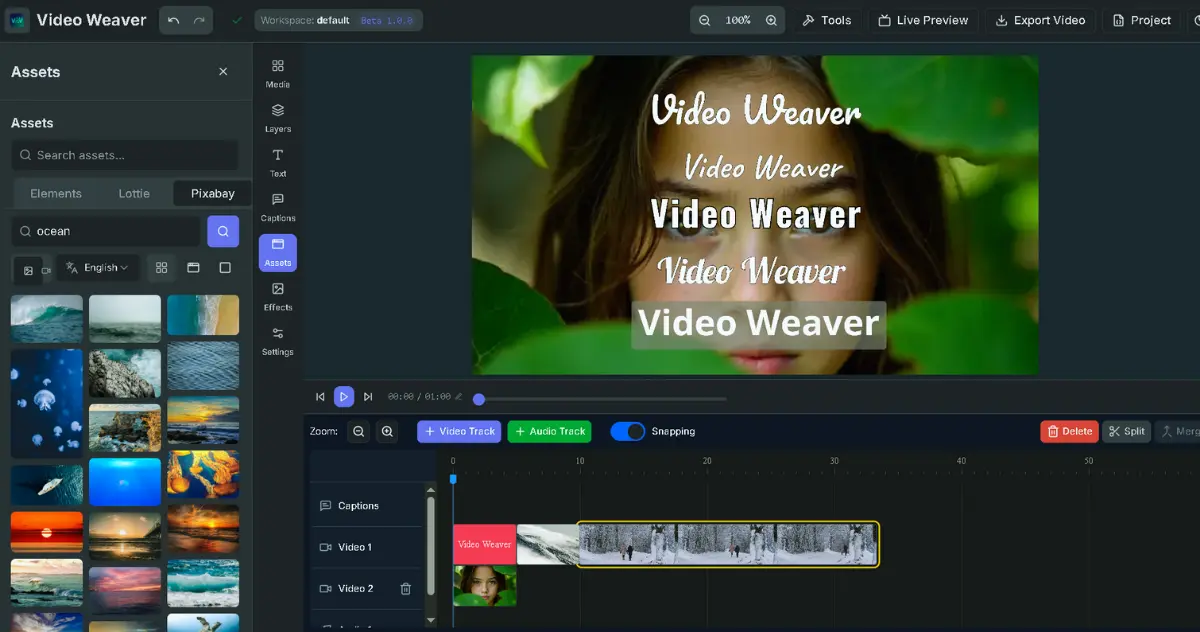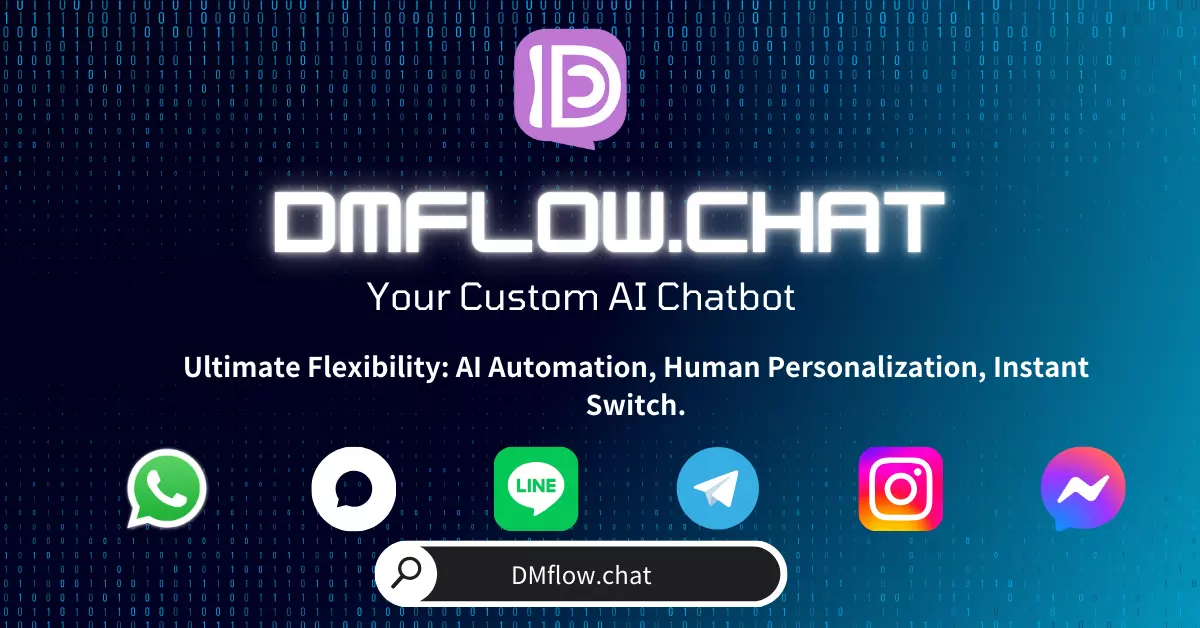Gemini 2.5 Pro Aims for IMO Gold: How AI is Conquering the World's Hardest Math Competition
Can AI truly think like the world’s top mathematicians? A recent paper by UCLA researchers has stunned the academic world. Using Google’s publicly available Gemini 2.5 Pro model, they successfully solved 5 out of 6 problems from the 2025 International Mathematical Olympiad (IMO), an achievement worthy of a gold medal. This article will take you deep into how AI, through an innovative “self-verification” process, is tackling these mathematical challenges that require incredible creativity and insight.
When AI Takes on the Mount Everest of Mathematics
Have you heard of the International Mathematical Olympiad (IMO)?
Let’s put it this way: if school math exams are like climbing a hill, the IMO is like tackling Mount Everest. Since 1959, the IMO has gathered the world’s top high school math prodigies annually, testing their abilities in algebra, geometry, number theory, and combinatorics with extremely difficult problems. These problems aren’t just about calculation; they require deep insight, original thinking, and rigorous logical reasoning.
Frankly, IMO problems are often tricky even for professional mathematicians. This makes the IMO an excellent testing ground for determining whether artificial intelligence (AI), especially Large Language Models (LLMs), truly possesses high-level reasoning abilities, not just rote memorization.
In the past, top models like GPT-4 have performed well on standard math datasets like GSM8K or MATH, but they often struggle with IMO-level problems. They might produce proofs that seem correct but are logically flawed, or they lack the “spark of insight” needed to solve the problem.
However, all that may be about to change.
Gemini 2.5 Pro’s Astonishing Breakthrough: Not Just Answering, but “Proving”
Just recently, two independent researchers from the University of California, Los Angeles (UCLA), Yichen Huang and Lin F. Yang, published a paper demonstrating how they used Google’s publicly available Gemini 2.5 Pro model to achieve a gold-medal-worthy score in a 2025 IMO mock competition.
Their method is noteworthy not just because they had the AI guess answers, but because they built an ingenious “self-verification pipeline.” This pipeline simulates the thought and revision process of a human mathematician solving a problem, allowing the AI to constantly challenge itself, find errors, and ultimately produce a rigorous mathematical proof.
What Exactly is This “Self-Verification Pipeline”?
Imagine a mathematician solving a problem. They don’t just write down the answer and turn it in. They repeatedly check each step of their reasoning, look for potential logical flaws, and even try to verify the answer using different methods.
The researchers’ pipeline has Gemini 2.5 Pro playing two roles: a “solver” and a “verifier.”
The process is roughly as follows:
- Initial Solution Generation: First, Gemini 2.5 Pro (the solver) attempts to provide an initial solution. The goal at this stage is to generate ideas, even if they are not perfect.
- Self-Improvement: The model then reflects on and improves its own initial solution. This step is equivalent to giving the model more “thinking time” to refine its approach.
- Rigorous Verification: Next, another Gemini 2.5 Pro (the verifier) takes the stage. Its task is like that of a strict IMO judge, checking the solver’s proof line by line for “Critical Errors” or “Justification Gaps.”
- Correction & Iteration: The “solver” corrects its work based on the error report from the “verifier.” This process is repeated until the proof is flawless.
- Accept or Reject: A solution is only accepted if it can pass the rigorous verification process multiple times in a row.
Interestingly, the researchers found that even a powerful model like Gemini 2.5 Pro produces solutions of varying quality when asked to solve problems directly. However, through this iterative process of “internal debate,” the quality of the solutions improved significantly.
Why is This Achievement So Important?
You might be wondering, “So what if AI can solve math problems?”
This breakthrough is significant for several reasons:
- Avoiding Data Contamination: A long-standing challenge in the AI field is “data contamination,” where test problems may have already appeared in the model’s training data, leading to inflated evaluation results. This study used recently released IMO 2025 problems, ensuring that Gemini 2.5 Pro was facing a “new” challenge and demonstrating true reasoning ability.
- Emphasis on Rigorous Proof: Unlike previous efforts that focused on answer accuracy, the core of this research is to generate rigorous, verifiable mathematical proofs. This is closer to the real-world needs of scientific discovery and engineering applications.
- Generality of the Method: Although the researchers gave the model some high-level hints on certain problems (e.g., “try mathematical induction” or “try analytic geometry”), they believe these hints are like assigning tasks to different expert groups, and the core problem-solving ability still comes from Gemini 2.5 Pro itself. This methodology could be applied to a wider range of complex reasoning tasks in the future.
Shortly after the paper’s release, OpenAI and Google DeepMind also announced similar achievements in the IMO competition, heralding a golden age for AI in high-level mathematical reasoning.
What Problems Did Gemini 2.5 Pro Solve?
The research team used this method to successfully solve problems 1 through 5 of the IMO 2025 mock competition. These problems covered different areas, including combinatorics, geometry, and number theory.
For example, in Problem 1 (Combinatorics), they guided the model to use mathematical induction to find all possible solutions. In Problem 2 (Geometry), they had the model use analytic geometry, performing extensive algebraic calculations to ultimately prove the conclusion. The researchers noted that large language models are actually quite good at direct computation, making analytic geometry a powerful tool for AI to tackle geometry problems.
For Problem 3, the team also obtained a rigorous solution through multiple sampling and iterative improvements.
Frequently Asked Questions (FAQ)
Q: Does this mean AI will replace mathematicians in the future?
A: It’s still a long way off. This success is more of a victory for “human-computer collaboration.” The researchers designed clever prompts and verification processes to guide the AI in leveraging its powerful computation and pattern recognition abilities. The AI’s current role is more like a super-intelligent assistant than a creative mathematician capable of independent thought. But it undoubtedly provides an unprecedentedly powerful tool for mathematical research.
Q: How was Gemini 2.5 Pro trained to solve these problems?
A: The Gemini 2.5 Pro used in this paper is the publicly available general-purpose model from Google, not one specially trained for math competitions. Its impressive performance is mainly due to the “self-verification” pipeline designed by the researchers, which effectively unleashes the potential of general-purpose models on complex reasoning tasks.
Q: What impact will this technology have on ordinary people?
A: While conquering the IMO may sound distant, the underlying technological breakthrough is profound. It means that AI’s ability to handle complex problems requiring rigorous logic and multi-step reasoning has reached a new level. In the future, this technology could be used in fields like drug discovery, materials science, and software engineering verification, where high reliability is crucial, helping humanity solve more real-world problems.
Related Links:
- Original Paper “Gemini 2.5 Pro Capable of Winning Gold at IMO 2025”
- Official Website of the International Mathematical Olympiad
This research is not only a milestone in the history of AI development but also reveals the infinite possibilities of future human-computer collaboration. When AI is no longer just answering questions but can think, verify, and create like a scientist, a new era of knowledge exploration may have quietly begun.




